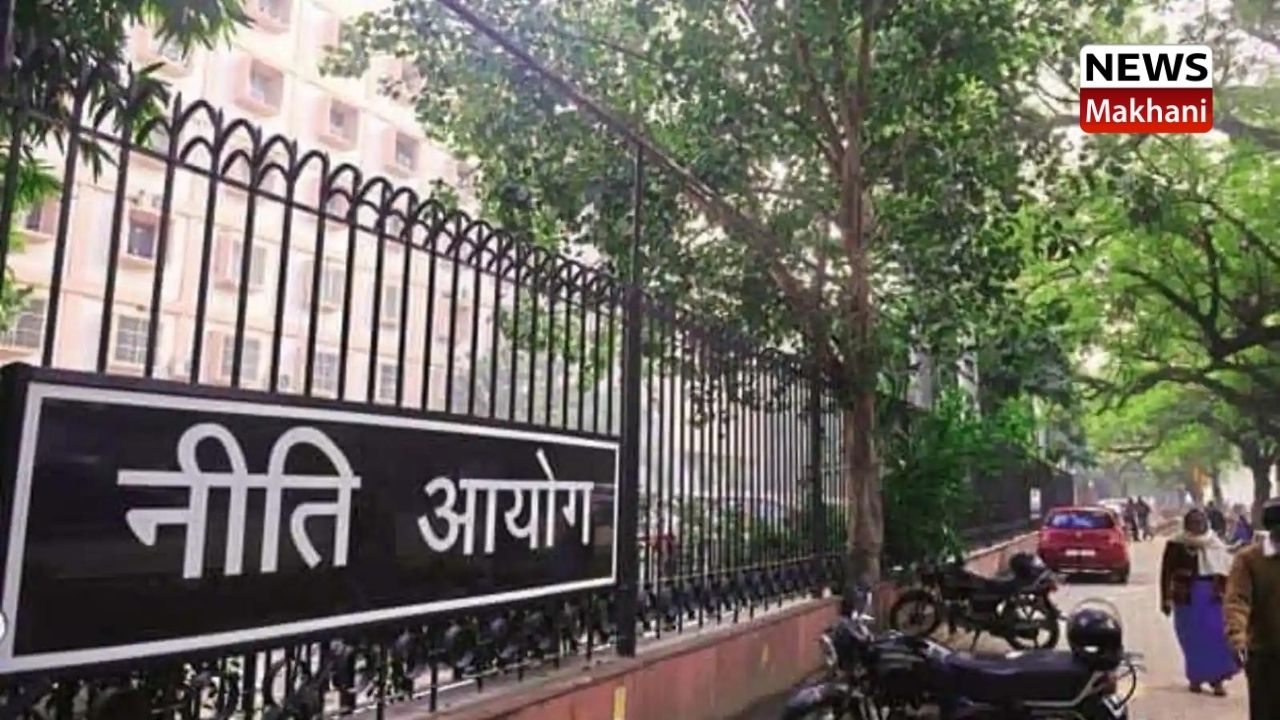
Delhi 10 DEC 2021
NITI Aayog today released a two comprehensive report titled – Reports on current status on Country level- secondary and tertiary level and district level emergency and injury care in India, these reports bring out and highlight the spectrum and load of emergency cases, it brings out the prevailing gaps in ambulance services, health infrastructure, human resources and equipment in the provision of optimal care.
READ MORE :-President of India Graces the Human Rights Day Celebrations
These reports were launched in the presence of Dr V K Paul, Hon’ble Member (Health) NITI Aayog and Dr Rakesh Sarwal, Additional Secretary, amongst other dignitaries.
These studies were carried out by the department of Emergency Medicine, JPNATC, AIIMS, New Delhi in collaboration with NITI Aayog.
NITI Aayog Member Dr V K Paul in the Foreword of the report highlights the extraordinary importance for India to embark towards creating a world-class, efficient, professional, integrated emergency-care system, that is enabled by technology- for the care any victim of accident, emergency or trauma in any part of the country. He has pointed out that the assessment conducted in this pan-India study would be a key starting point for these deliberations.
Dr Randeep Guleria, Director, AIIMS, New Delhi underlined the imminent need to create systems that can take of patients presenting with coronary syndrome, stroke, respiratory diseases, maternal and pediatric emergencies and injuries, that also represent leading causes of death and disabilities in India.
These studies have assessed the prevailing status of 100 emergency and injury care centres in government and private hospital settings in 28 States and 2 Union Territories of India, in addition to 34 District Hospitals. A detailed analysis of existing gaps in all domains of emergency care encompassing ambulance services, infrastructure, human resources, equipment status, essential medicines, definitive care and burden of various diseases has been presented in the Report. In addition, reports of live observations of care and granular assessment as regards to accreditation, presence of ongoing academic program and type of organization has been done.
These Report highlights the need to have a nation-wide policy for triage, standardized protocols for care, world-class ambulance services augmented with effective paramedics and expansion of blood banks. Amongst the centres studied, those accredited and having an ongoing academic program performed better, underscoring the need to have these measures in place.
The landscape of emergency care includes timely access and acute care delivery to critically ill and injured patients. Premature death and Disability Adjusted Life Years (DALYs) can be prevented by establishing robust integrated emergency care system with definitive care. he outcomes of this study will provide the policy inputs to improve and strengthen the emergency care services at all tiers of the healthcare facilities in India.

 हिंदी
हिंदी





